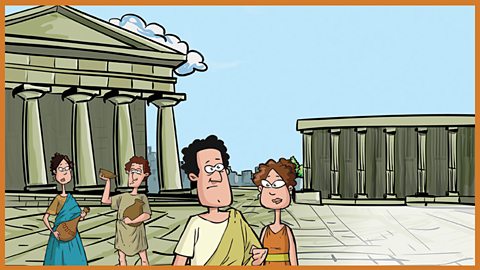The first dance session is inspired by Roman military prowess and includes making a 'testudo'.
1. Roman invasion
The key to the success of the Roman army was its discipline and organisation. Soldiers were kept extremely fit by rigorous physical exercise, trained to march in step and to move as a single mass, obeying trumpet signals during battles. One famous Roman tactic was the testudo - or ‘tortoise’. A formation of 27 soldiers would hold their shields above their heads and out to the front and sides to protect them - like a tortoise’s shell - as they marched forwards to attack the enemy.
The various tribes of Ancient Britons were not organised to fight as one army and were gradually defeated. The Roman writer Tacitus observed: ‘It is rare that two or more British tribes will come together to repel a common danger. They fight separately and separately are defeated.’
To celebrate his successful invasion of Britain, the Emperor Claudius was awarded the title ‘Britannicus’ and given a ‘triumph’ or grand procession through Rome.
Roman soldiers were skilled builders as well as fighters. They built camps, forts, bridges, roads and even some of the first towns. In AD122, the Emperor Hadrian ordered the building of the largest structure ever made anywhere in the Roman Empire - a defensive wall or frontier running from one side of northern Britain to the other. Hadrian’s Wall took eight years to build, was 120km long, two to three metres thick and up to seven metres high, with look-out towers and forts at regular intervals. It’s still the best-preserved Roman wall in existence today.
Resources
Download the audio for this dance session as an mp3 file

Download / print guidance on using the dance sessions in this unit (pdf)

Lesson summary
Based on the physical exercises used by Roman soldiers to keep fit - marching steps and swimming arm-actions.
Sequence 1: The Roman testudo or tortoise attack formation
Marching on the spot and in straight lines to gradually create two class tortoise formations
Marching alone, then joining partner and marching side by side
Two pairs joining to march in a line of 4
Two lines of four joining, marching one line behind the other to make a group of 8
Two groups of 8 joining to march in a square formation of 16
Formations to create a protective shield or shell, by holding flat palms of hands above head and out to the front and sides
Sequence 2: Attack!
One group stays in Roman tortoise formation, while the other group disperses around the sides of the room to represent the less well organised tribes of Ancient Britons
The tortoise formation marches in straight lines, changing direction with quick, accurate quarter or half turns
Next, the British tribes dash through the spaces, alone or in small groups, spinning and turning with quick, free movements
Then the two groups swap over
Sequence 3: Processional march for Claudius
Back in Rome everyone marches as Roman soldiers in a grand procession or ‘triumph’ for the Emperor Claudius, with proud, confident steps, to celebrate the Roman victory
The teacher (or another chosen ‘Emperor’) can stand to one side, inspecting the triumphant soldiers as they pass
Cool down
Walk to own space with slow, exhausted steps
Stretch, lie down and relax

Other units of KS2 Dance Workshop
The reign of King Henry 8th. collection
The reign of King Henry and life in Tudor England explored through Tudor dance and movement.

Victorian childhoods. collection
Three dance sessions exploring what life was like for children in Victorian times.
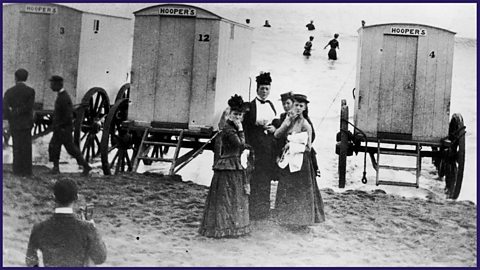
South American Carnival. collection
Three sessions exploring the samba rhythms and steps of the Rio Carnival.
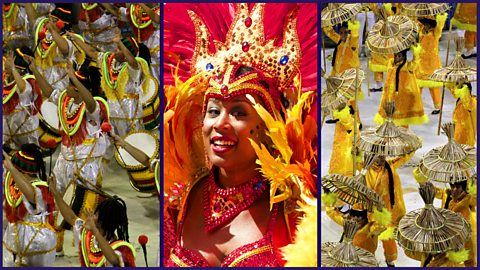
See also...
The Romans. collection
Age 7 - 11. Topics include the invasion of Britain, Julius Caesar, Roman gods and goddesses, buildings, Boudicca, Roman roads, Roman food, Roman games and songs about Roman life.
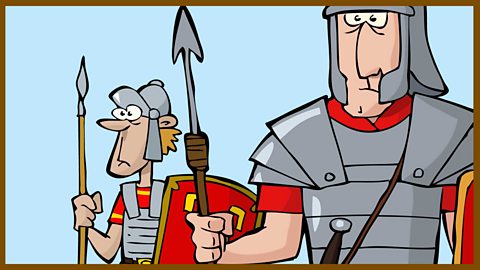
KS2: Rocking Romans! Songs. collection
Age 7 - 11. 8 song videos exploring all aspects of Roman life.
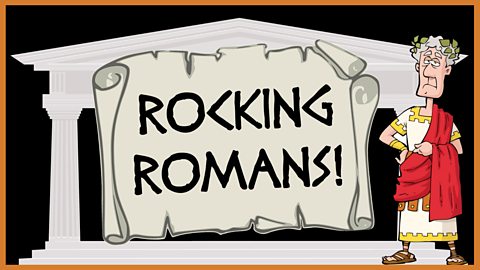
Age 7 - 11. A musical for primary schools celebrating the time of the Romans in Britain.
